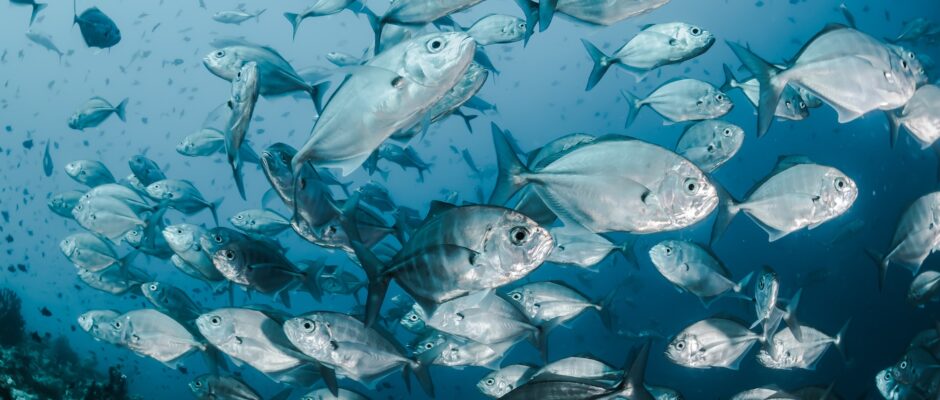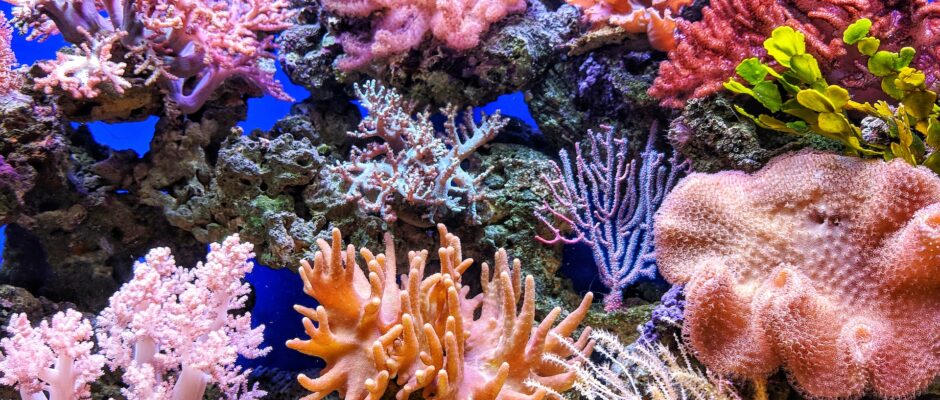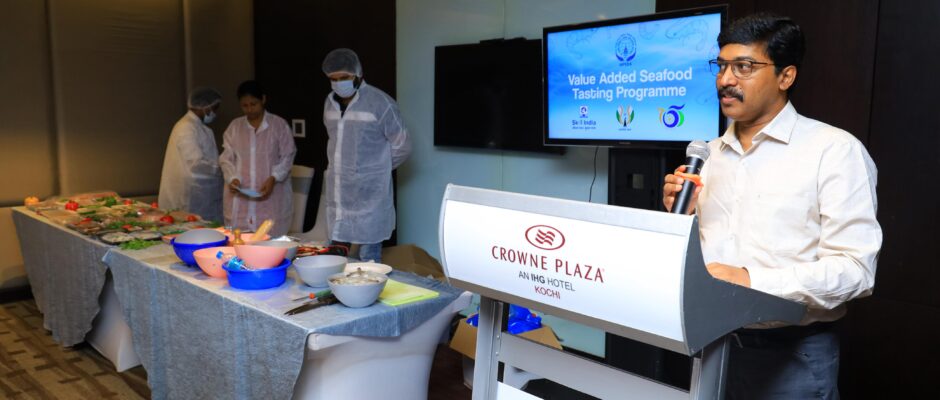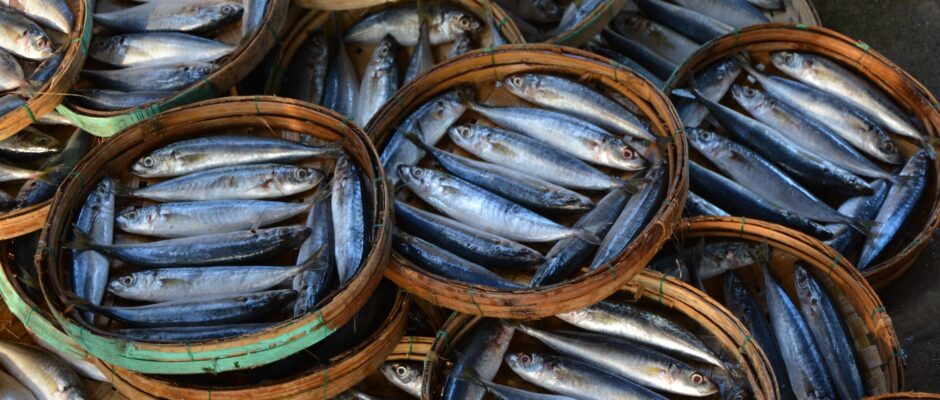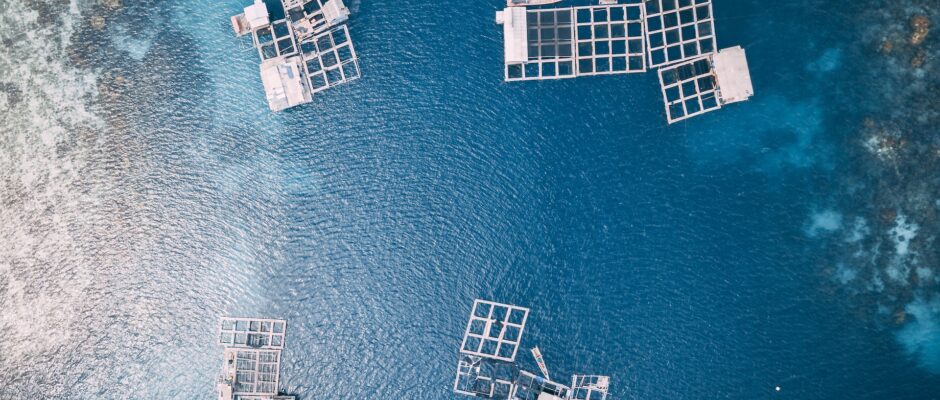Small-Scale Fisheries: The Unsung Heroes of the Seas
In a world dominated by large-scale industrial fishing, small-scale fisheries often go unnoticed. Yet, these humble operations play a vital role in global food security, employment, and nutrition. A recent report by the Food and Agriculture Organization (FAO) of the United Nations highlights the immense contribution of small-scale fisheries to the world, shedding light on their often-overlooked significance. Small-scale fisheries, characterized by low-tech and low-cost fishing methods, account for an impressive 40% of the global fish catch. In Asia alone, small-scale fisheries contribute a staggering 23 of 37 million tonnes of fish caught between 2013 and 2017. This remarkable output is achieved through the dedication and expertise of family-owned or community-based fishing operations, primarily operating along coastlines and rivers. The economic value of small-scale fisheries is equally impressive. The FAO report estimates that the average annual economic value of small-scale fisheries’ landings reached nearly $77.2 billion globally between 2013 and 2017. This represents a significant increase of 49% compared to the first study conducted in 2012. In terms of employment, small-scale fisheries dwarf their large-scale counterparts. In 2016, an estimated 60.2 million people were employed part-or full-time along the small-scale fisheries value chain. This is in stark contrast to the 7.3 million people employed in large-scale fisheries. Women play a crucial role in small-scale fisheries, with an estimated 44.7 million women participating in the sector’s value chains or engaging in subsistence activities related to the sector. The nutritional contribution of small-scale fisheries is equally significant. Fish landings from small-scale fisheries could provide up to 20% of the daily nutrition requirements of calcium, selenium, and zinc for 137 million women in Africa and 271 million women in Asia. Despite their immense contributions, small-scale fisheries often face challenges and underestimation. The FAO report emphasizes the need for increased support and recognition for small-scale fisheries. By investing in sustainable practices, improving access to markets, and strengthening governance frameworks, small-scale fisheries can continue to thrive and provide invaluable benefits to communities worldwide. As we move towards a more sustainable and equitable future, it is essential to acknowledge and support the unsung heroes of the seas – small-scale fisheries. Their contributions to food security, employment, and nutrition are undeniable, and their continued success is vital for a healthy and prosperous planet.



